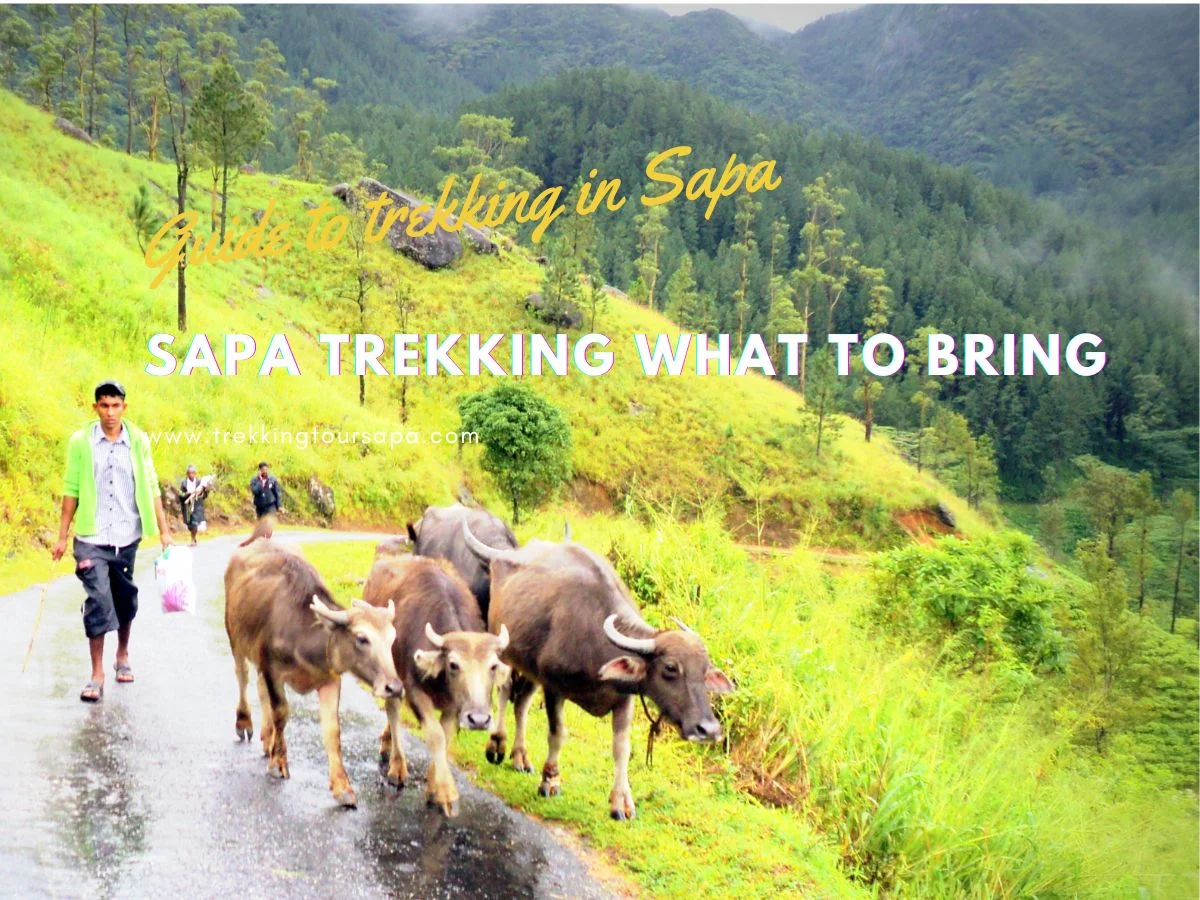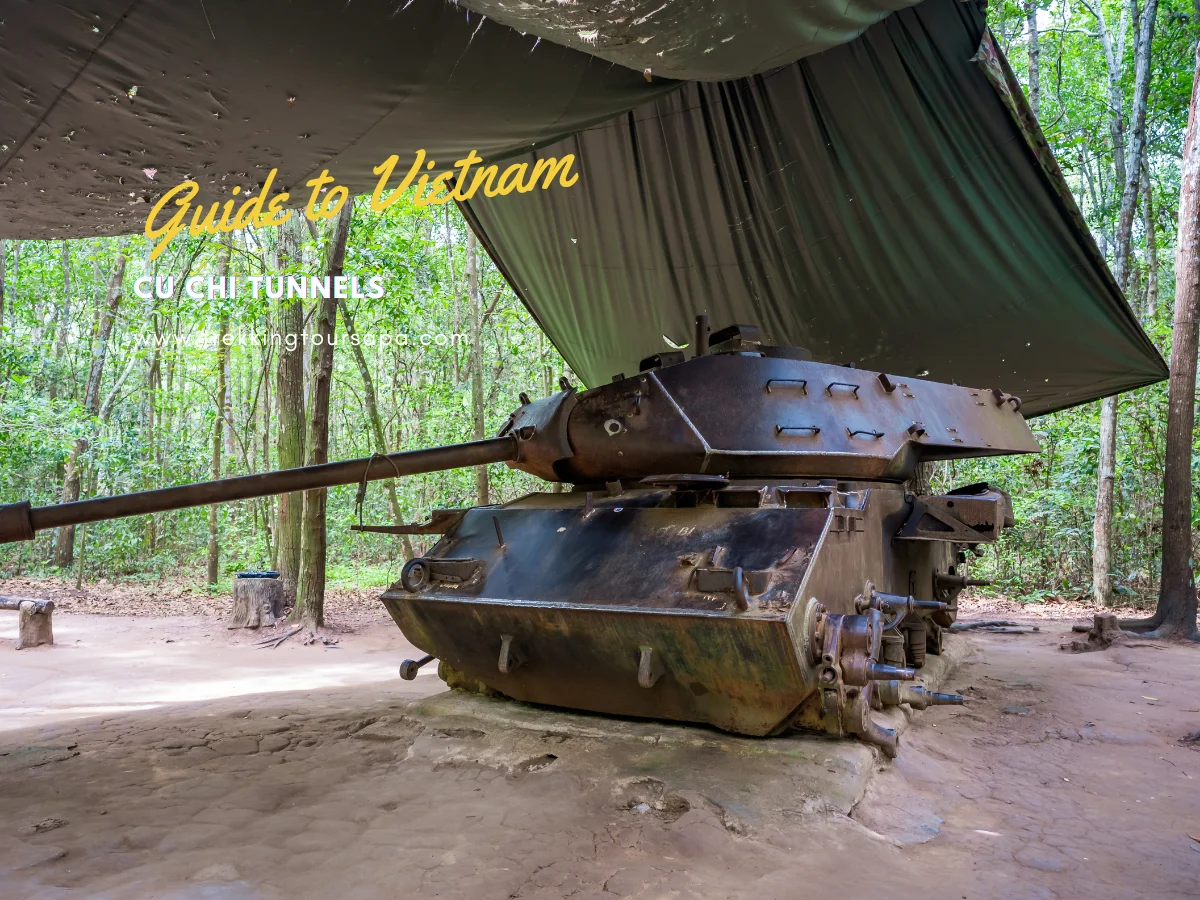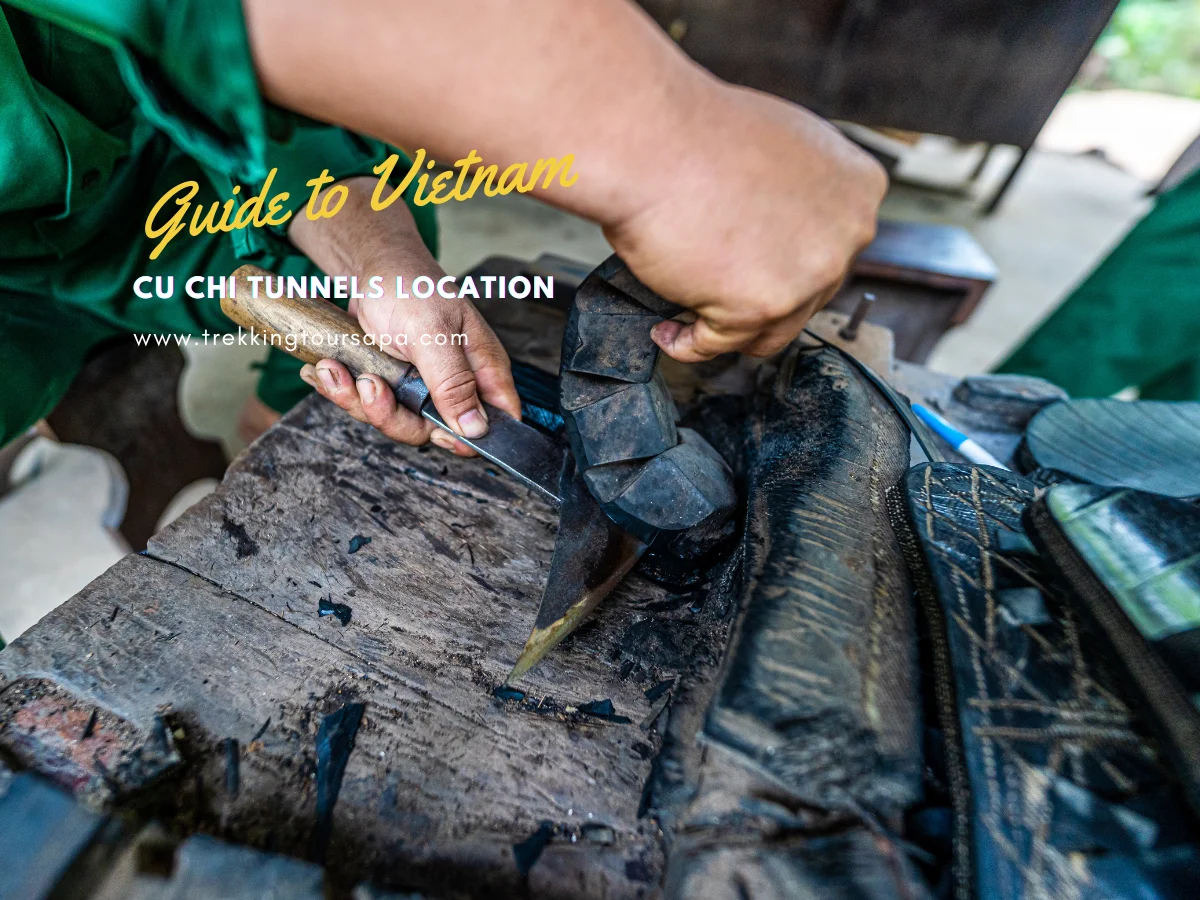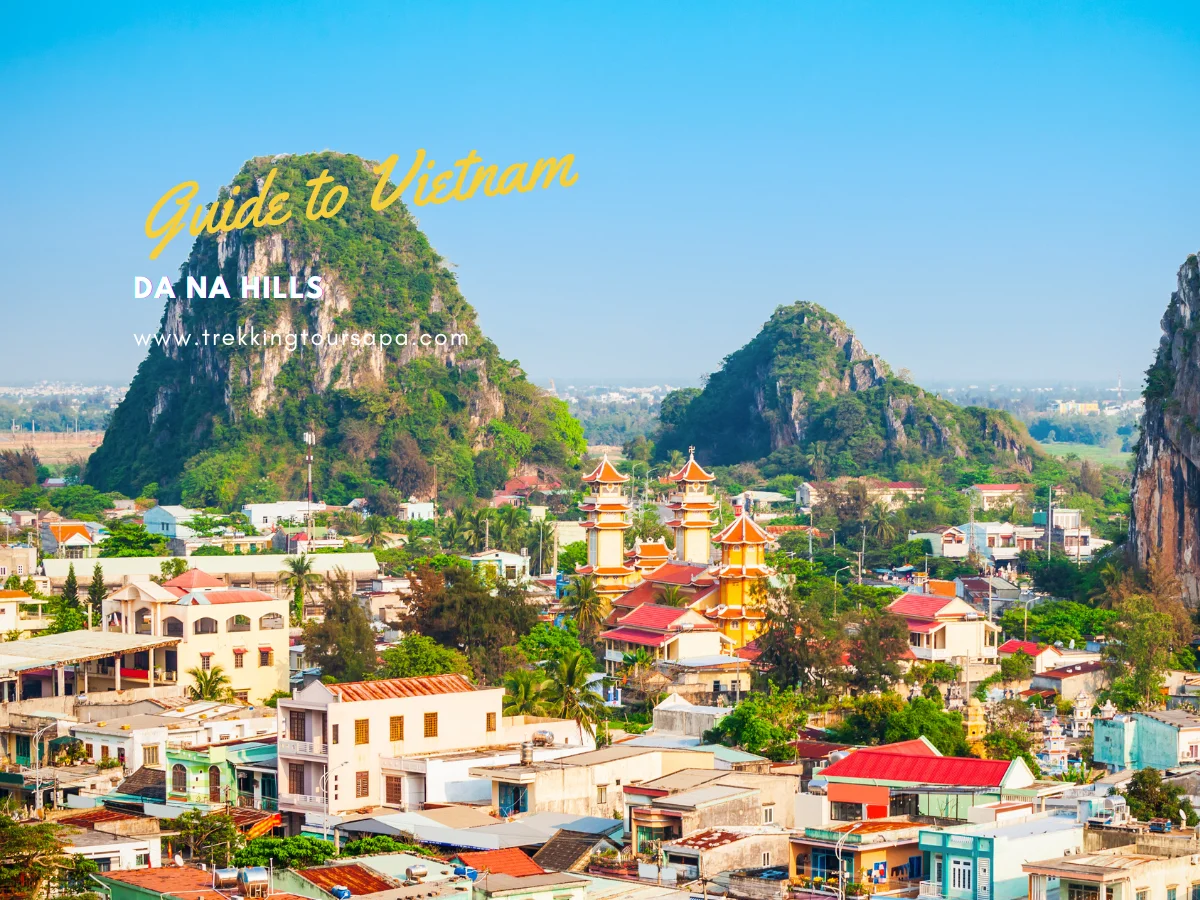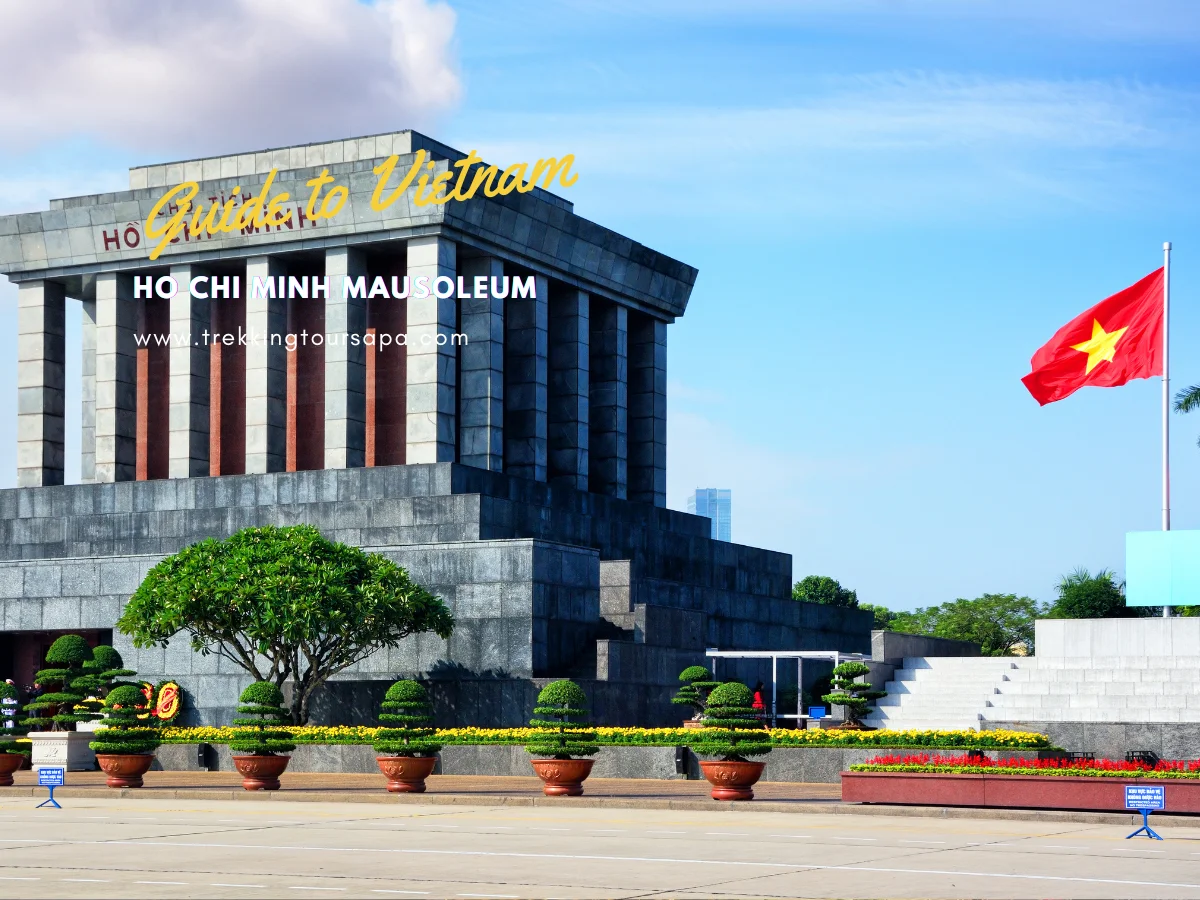Are you an adventurous traveler looking for the ultimate trekking experience? Do you yearn to explore the breathtaking landscapes of Sapa, Vietnam? If so, then this article is perfect for you! As a veteran sapa trekking guide, I am here to provide all the insider knowledge and tips you need to have an incredible journey. In my three-paragraph introduction, I’ll tell you what makes Sapa such a special place and why it’s worth your while to go there. Plus, I will also give essential advice on what to bring when setting out on your sapa adventure! So let’s get started – read on if you want to learn more about sapa trekking and how best to prepare yourself for the trip of a lifetime!
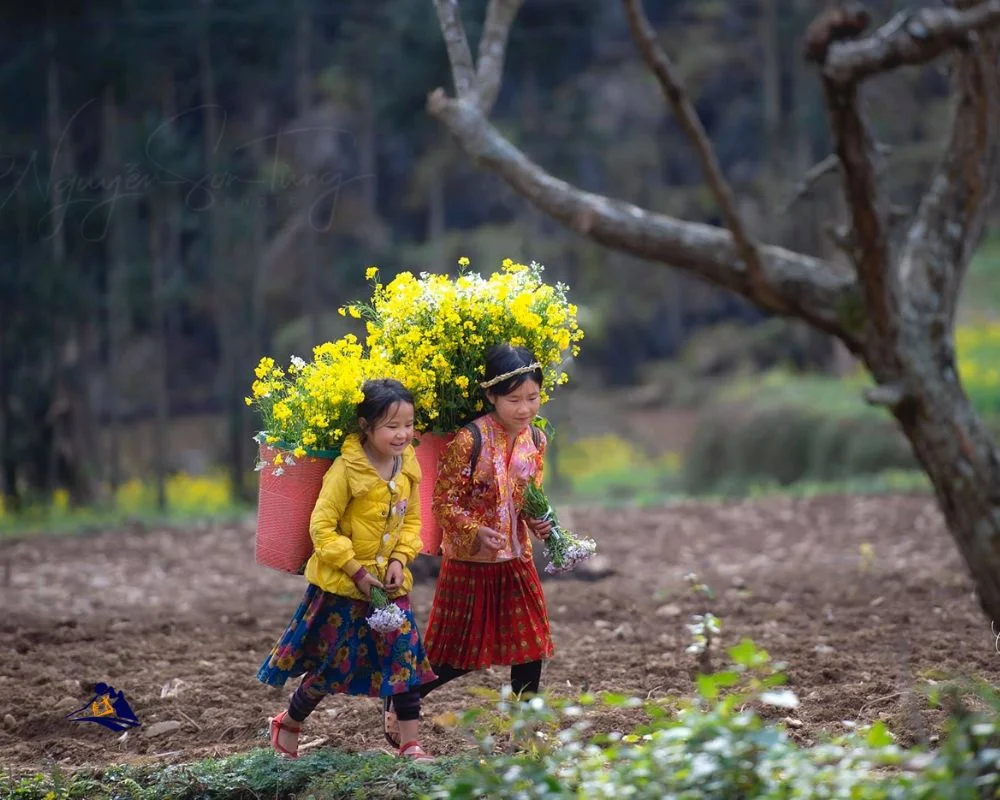
Table of Contents
ToggleOverview Of The Trekking Route
Ah, the thought of trekking in Sapa! With its majestic mountains, lush green valleys, and vibrant culture, it’s an experience like no other. But before you set off on your adventure, let’s take a look at what to expect with this remarkable trekking route.
The Sapa Trek covers some of the most beautiful trails in all Vietnam. From limestone outcrops to ancient villages tucked away in the valley below, there is something for everyone. Whether you’re looking for an easy stroll through rice paddies or an adrenaline-filled hike up a towering peak – the options are endless. Plus, don’t forget about the unique cultural experiences that await along the way!
But make sure not to underestimate these treks – they can be quite challenging and require preparation if you want to truly enjoy them. So now let’s move on to getting ready for an enjoyable journey…
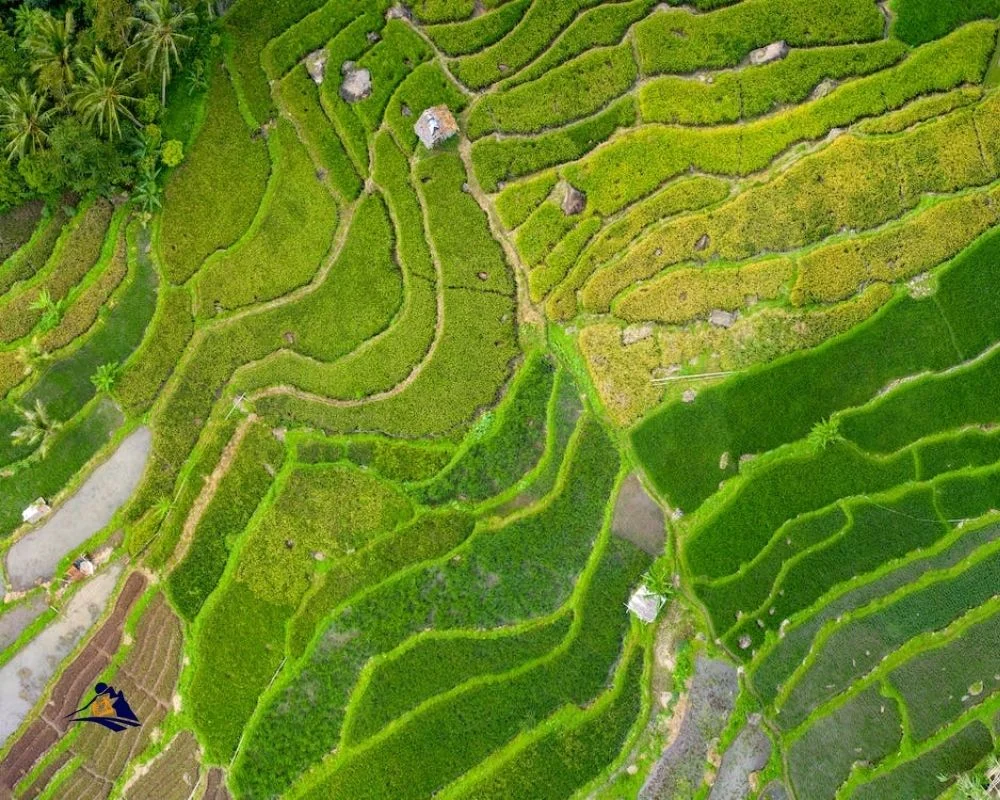
Preparation For The Best Trekking
It’s time to get ready for your Sapa trekking adventure! With the right preparation, you’ll be able to make the most out of every moment on the route. Here are a few tips for ensuring an enjoyable journey:
First, plan out your route and create a packing checklist for all the essential items that you will need during your trek. This should include camping gear such as tents, sleeping bags, flashlights, and enough food and water to keep you going. Make sure to bring along first aid supplies in case of any emergencies while on the trail.
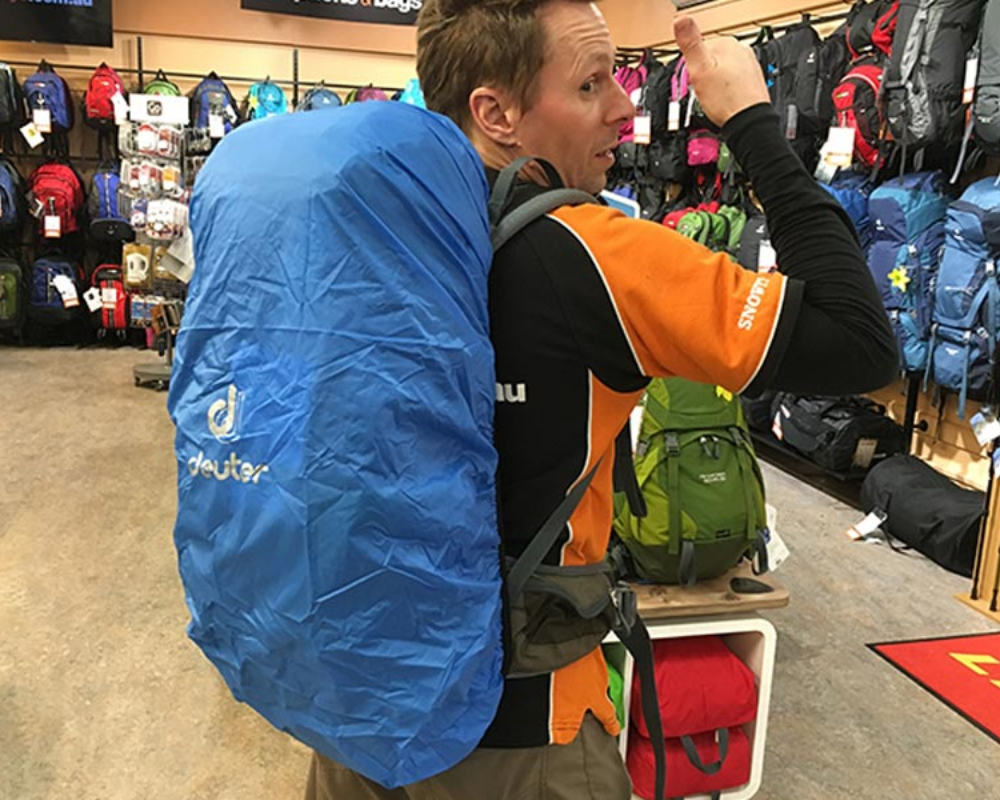
Next, it is important to choose the appropriate clothing and footwear when embarking on a Sapa trekking excursion. Lightweight layers are best so that you can easily adjust them as needed depending on weather conditions or elevation changes. A waterproof jacket is also recommended since rainfall is common in the area. Additionally, opt for good quality shoes with a solid grip – they will protect your feet from rocks and slippery surfaces throughout the hike.
Sapa 1 Day Tours
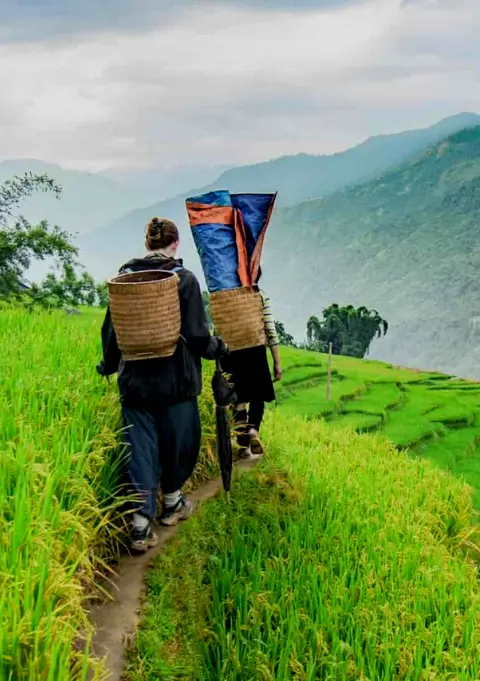
- 1 day experience
- Moderate to challenging
- Cultural immersion & active adventure
- Rice fields, valleys & villages
- Private tours
- Vegan-friendly
Sapa 2 Day Tours
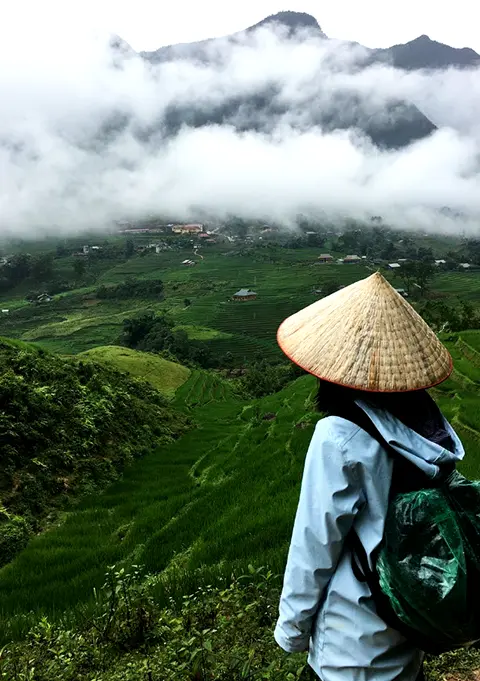
- 2 days 1 night experience
- Moderate to challenging
- Cultural immersion & active adventure
- Mountains, valleys, rice fields and villages
- Private tours
- Vegan-friendly
Sapa 3 Day Tours
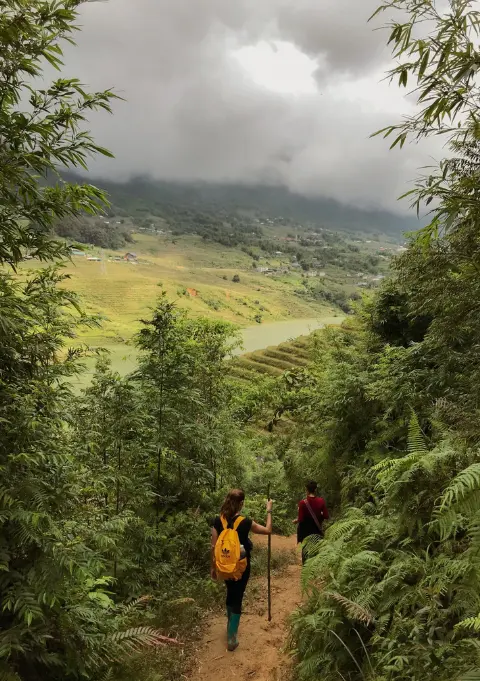
- 3 days 2 night experience
- Moderate to challenging
- Cultural immersion & active adventure
- Mountains, valley, rice fields & villages
- Private tours
- Vegan-friendly
Sapa 4 Day Tours
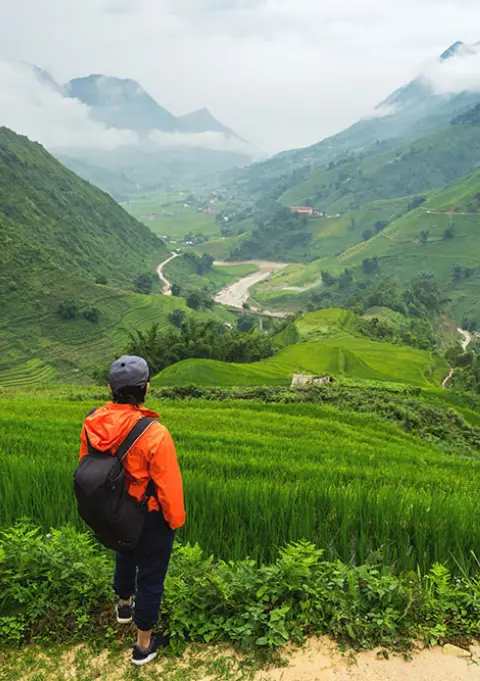
- 4 days 3 night experience
- Moderate to challenging
- Cultural immersion & active adventure
- Mountains, valleys, rice fields & villages
- Private tours – Less Touristic
- Vegan-friendly
Finally, take some time before leaving home to go over your list one last time; this way you won’t forget anything important before setting off on your unforgettable journey through Sapa’s majestic mountain range! The next step for your best treks in Sapa? Ensuring that you have all the essential clothing and footwear necessary for a safe and comfortable experience in nature’s playground.
Essential Clothing And Footwear
Exploring the great outdoors is like being a ship on an ocean of adventure – you never know what lies ahead. When it comes to Sapa trekking, having the right clothing and footwear is essential for a safe and successful journey.
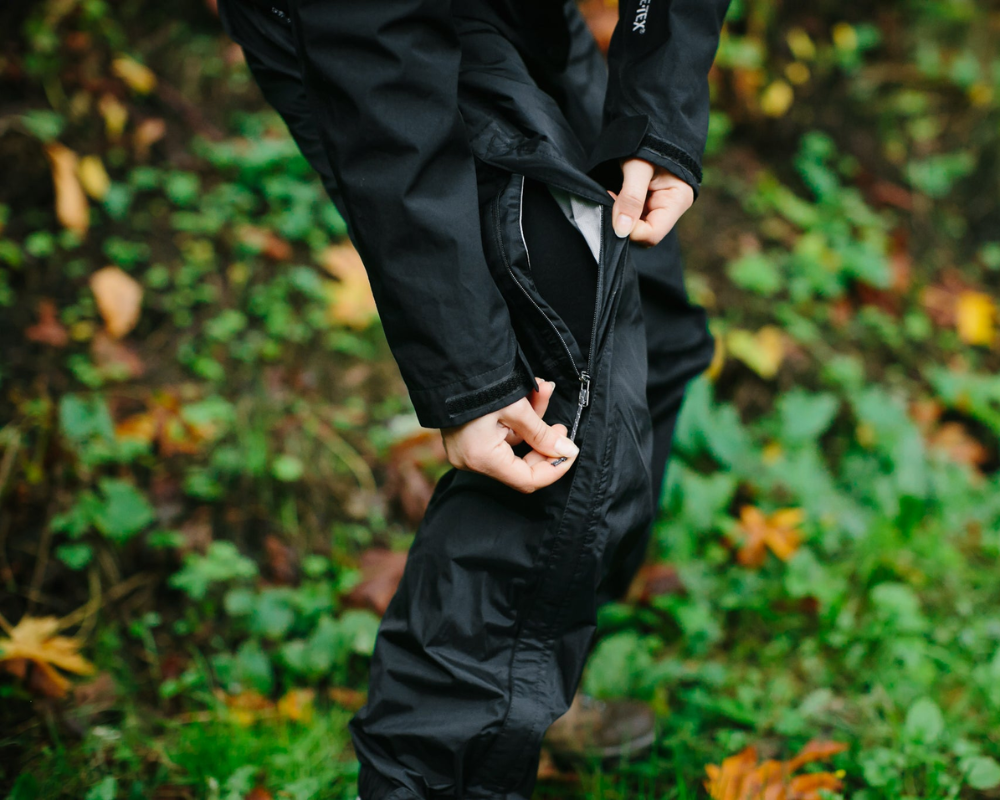
Hiking boots are arguably the most important item when preparing for your trek in Sapa. These must fit well and provide a good grip on slippery surfaces; they should also have ankle support with cushioning to prevent any injuries or blisters from occurring during your hike. Waterproof jackets and warm hats are also highly recommended as temperatures can drop quickly at night in Sapa. Fleece layers will keep you insulated against chilly breezes, while quick-drying pants are ideal for avoiding uncomfortable wetness after rain showers.
No matter how long or short your Sapa trek may be, ensuring that you’re dressed correctly means that you’ll be ready for whatever Mother Nature throws at you along the way. So make sure to pack wisely before setting out on your expedition!
Food And Water Supplies
Now that you’ve got your clothing and footwear sorted, it’s time to turn our attention to food and water supplies. When trekking in Sapa without a guide, you need to make sure that you have enough nutrition for the journey, as well as plenty of potable water. Here are some essential items you should bring:
- Food Rations – Pack enough non-perishable meals and snacks so that you don’t get hungry during long hikes.
- Water Containers – Bring a few large containers with lids to store potable water on your treks. You can refill them at streams or purchase bottled water if necessary.
- Energy Snacks & Trail Mix – Don’t forget to pack energy bars, nuts, dried fruit, chocolate, or other trail mix ingredients to keep up your energy levels while trekking in Sapa! Additionally, if you plan on cooking along the way, be sure to bring any cooking supplies such as pots, pans, and utensils that you may require.
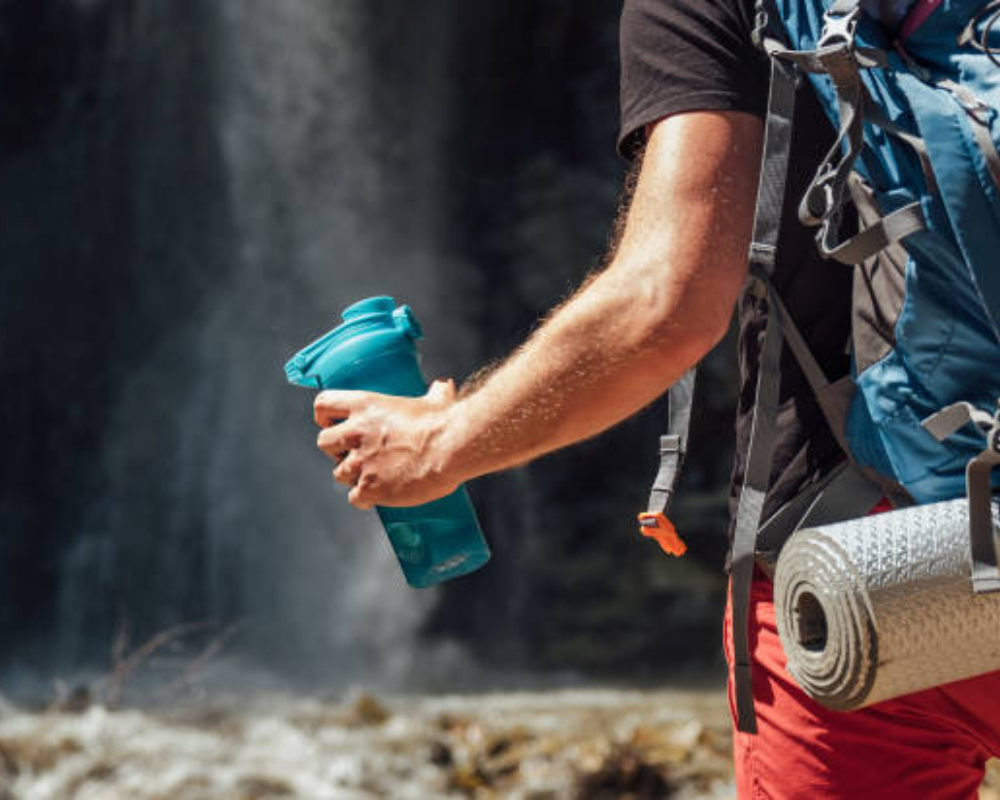
It is also important to remember to stay hydrated throughout your hike; drinking plenty of fluids will help ensure that your body functions optimally during the trek! With these tips in mind and all of the essentials packed away safely into your backpack, you’re now ready for an unforgettable adventure in Sapa! Next up we’ll look at navigation gear needed when exploring this captivating region.
Navigation Gear
Navigation is key when it comes to Sapa trekking. Whether you’re an experienced hiker or a novice, having the right gear can make all the difference in your journey. A compass and maps are essential for finding your way through unfamiliar terrain. You may also want to consider bringing along a GPS unit if you feel more comfortable with that technology. Additionally, a headlamp is useful for nighttime navigation while binoculars will help you spot wildlife from afar.
| Item | Description | Purpose |
|---|---|---|
| Compass | A small hand-held device used for navigation purposes | To guide hikers on their journey and ensure they don’t get lost in unfamiliar territory |
| Maps | Detailed paper maps of trails | To provide visual cues about distance, elevation changes, and points of interest |
| GPS Unit | Hand-held tracking device | To allow hikers to easily track their location at any time during the hike |
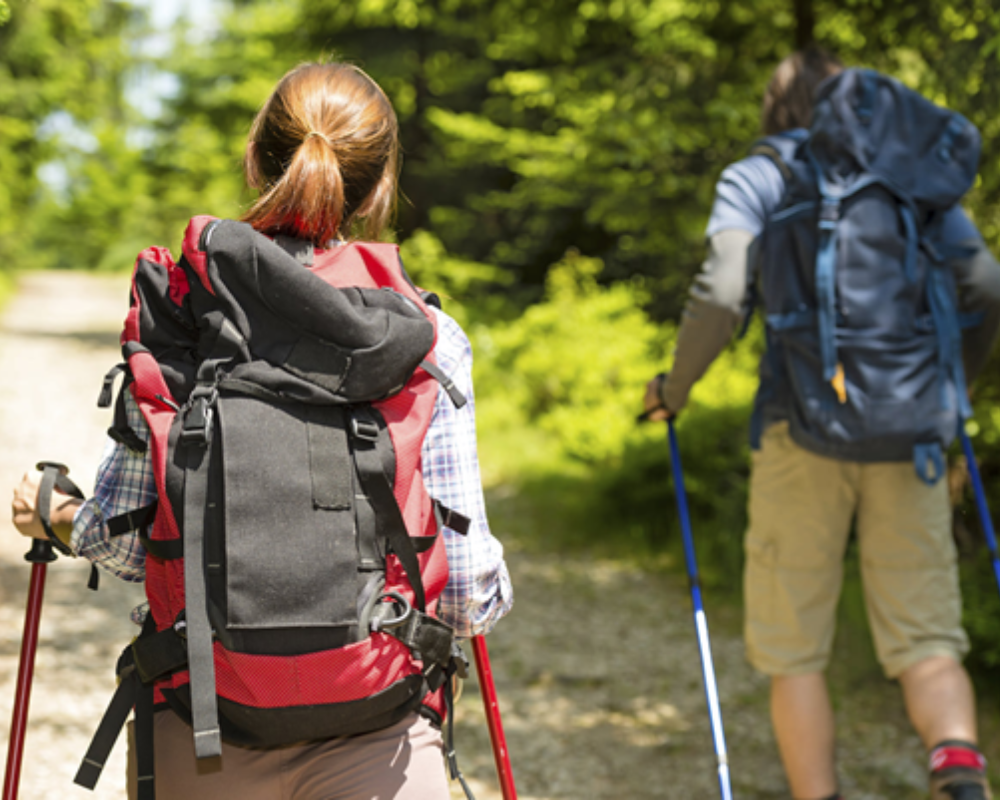
Navigation tools like these come in handy whether you’re looking for specific markers on the map or enjoying sweeping panoramic views. Having them readily available makes planning your route easier and helps keep you safe as you explore nature’s wonders. With these items packed away in your bag, you’ll be ready to embark on any Sapa trekking adventure! Now let’s discuss what kind of first aid kit should accompany any journey into nature…
First Aid Kit
First, let’s talk about the most important item you’ll need to bring on your Sapa trekking adventure – a first-aid kit. A quality first-aid kit should contain all of the necessary medical supplies and emergency items needed in case of an unexpected injury or illness. This includes bandages, antiseptic wipes, aspirin, antihistamines, and more. Emergency blankets are also incredibly helpful if you find yourself outside at night with no shelter. Be sure to add these essential items to your pack before setting out!
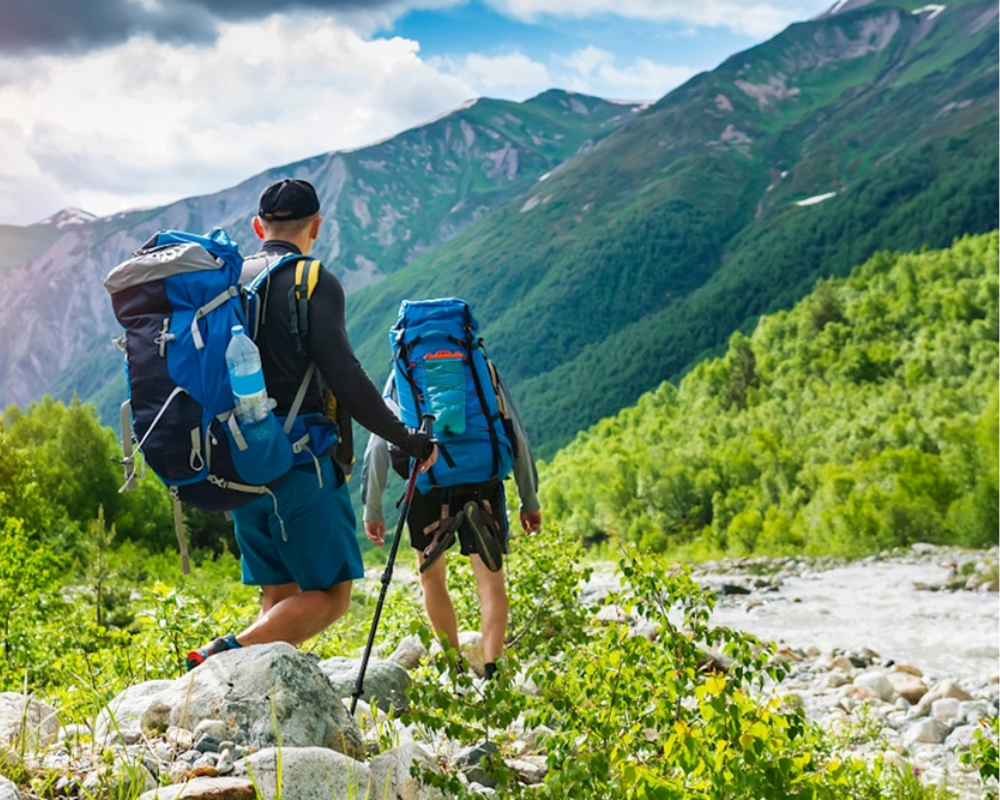
Second, it is equally as important to know how to use each item in the kit. Read up on basic first aid skills before going on your trip so that you can be prepared for any situation that may arise. You don’t have to become a doctor overnight but knowing some basics will go a long way in keeping everyone safe during their journey.
Lastly, make sure you include extra supplies such as painkillers and electrolytes just in case someone needs them while on the trail. Even if nobody ends up using them, having these extras ensures that you will always be ready for any eventuality. With proper preparation and the right gear packed away safely in your bag, you’re now set for a memorable Sapa trekking experience! Transitioning into safety equipment…
Safety Equipment
As you plan for your amazing trekking journey in Sapa, it is essential to consider the necessary safety measures. To ensure a safe and enjoyable experience, here are some of the items that should be included in your trip:
- A safety harness
- An emergency whistle
- A personal locator beacon
- A headlamp
- Trekking poles
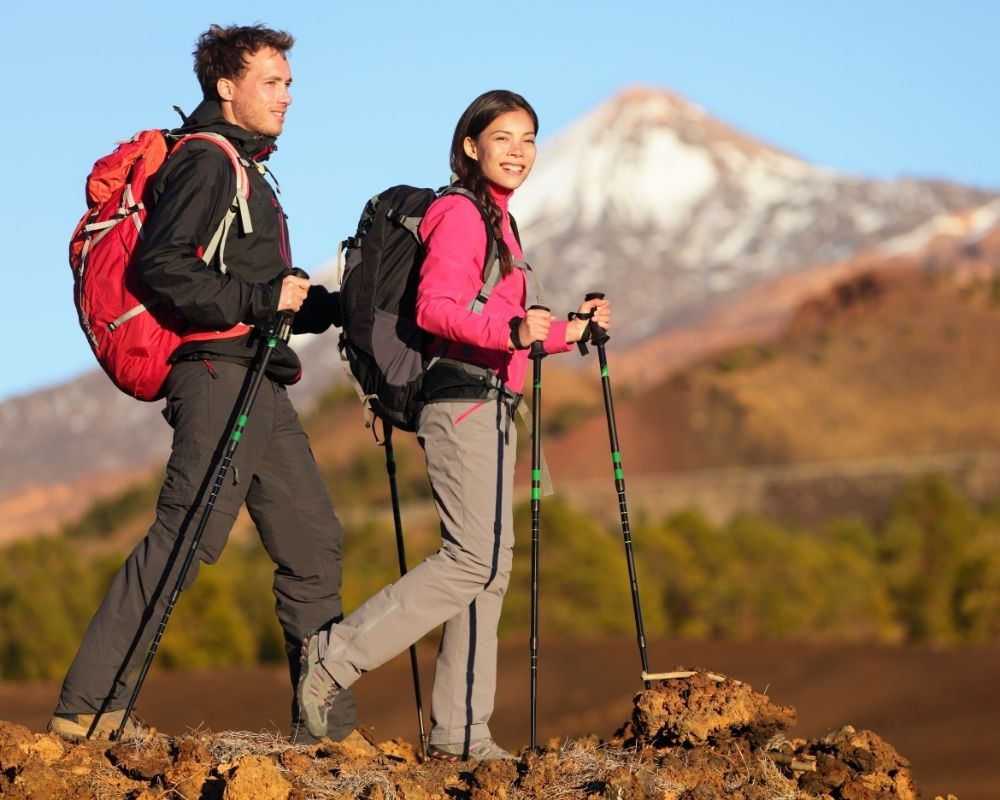
These pieces of equipment will help keep you safe and secure during your adventure. Safety harnesses protect while navigating steep slopes and treacherous terrain; an emergency whistle can alert people nearby if assistance is needed; a personal locator beacon allows search-and-rescue teams to find you quickly; a headlamp illuminates areas where there’s no natural light available; and trekking poles offer extra stability when crossing streams or scaling hillsides. With these items on hand, you can feel more confident about tackling challenging trails with peace of mind.
Sapa 1 Day Tours

- 1 day experience
- Moderate to challenging
- Cultural immersion & active adventure
- Rice fields, valleys & villages
- Private tours
- Vegan-friendly
Sapa 2 Day Tours

- 2 days 1 night experience
- Moderate to challenging
- Cultural immersion & active adventure
- Mountains, valleys, rice fields and villages
- Private tours
- Vegan-friendly
Sapa 3 Day Tours

- 3 days 2 night experience
- Moderate to challenging
- Cultural immersion & active adventure
- Mountains, valley, rice fields & villages
- Private tours
- Vegan-friendly
Sapa 4 Day Tours

- 4 days 3 night experience
- Moderate to challenging
- Cultural immersion & active adventure
- Mountains, valleys, rice fields & villages
- Private tours – Less Touristic
- Vegan-friendly
The next step towards being prepared for your journey is finding shelter options. There are many different types of shelters from which to choose – from tents to cabins and huts – so it’s important to do research beforehand to determine what type would work best for your needs.
Shelter Options – Where To Stay In Sapa
When it comes to shelter options during your Sapa trekking adventure, there are a few choices. Tent camping is the most popular and cost-effective choice for many backpackers looking for freedom and self-reliance in the outdoors. If you’d rather stay inside, hostel accommodation can be found throughout Sapa town as well as in various hamlets along the way. For those who prefer more rustic accommodations, hut stays provide an intimate experience with local culture that’s hard to find anywhere else. Finally, cabin rentals offer comfort and privacy if you’re willing to spend a bit more money.
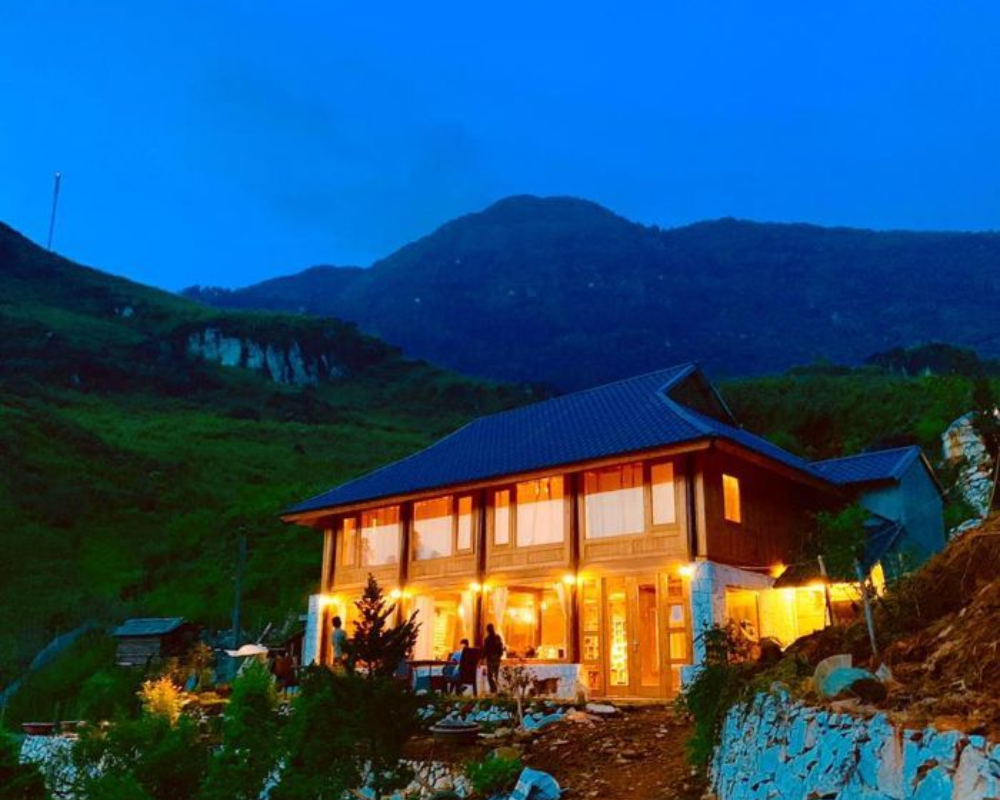
The best shelter option will vary based on your budget and personal preferences. Whatever type of accommodation you choose, make sure it has all the necessary amenities so you can focus on enjoying your journey without worrying about basic needs like food or water. With all these possibilities at hand, no matter what kind of traveler you are, you’ll be able to find the perfect place to rest before heading out into nature again! Now let’s move on to discussing photography equipment that may come in handy while Sapa is trekking.
Photography Equipment
When it comes to Sapa trekking, photography equipment is a must for capturing all of the stunning sights. Trekking through Sapa requires you to be prepared and organized with your camera gear. A good quality DSLR or mirrorless camera that has manual settings will allow you to take incredible shots while on your trek. It’s also important to bring an extra battery, memory cards, and other accessories such as lenses, filters, tripods, and cleaning kits in case they are needed during your journey.
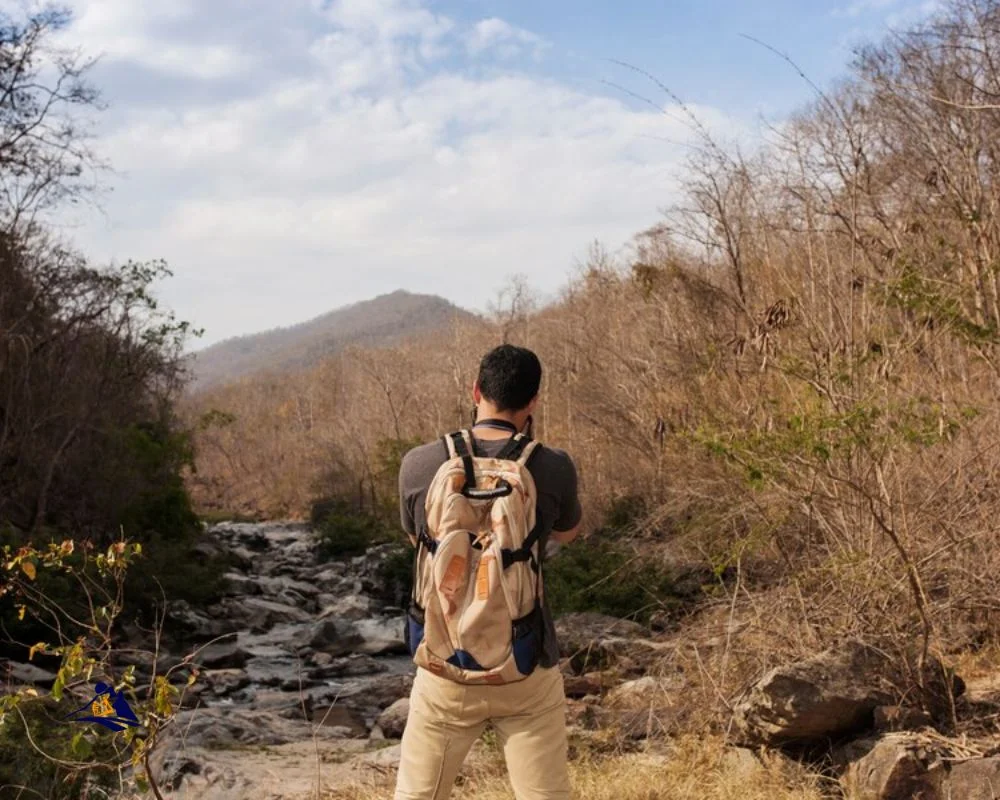
In addition to having the right equipment, some helpful tips can help make sure you get amazing photos when trekking in Sapa. Make sure to use natural light whenever possible – early morning or late afternoon/evening shots usually create beautiful images with soft lighting. Also, look for interesting angles to capture unique perspectives of familiar scenery. And finally, don’t forget about composition – framing objects within the photo often adds interest and depth which helps tell the story better than if shooting from one angle only.
Sapa 1 Day Tours

- 1 day experience
- Moderate to challenging
- Cultural immersion & active adventure
- Rice fields, valleys & villages
- Private tours
- Vegan-friendly
Sapa 2 Day Tours

- 2 days 1 night experience
- Moderate to challenging
- Cultural immersion & active adventure
- Mountains, valleys, rice fields and villages
- Private tours
- Vegan-friendly
Sapa 3 Day Tours

- 3 days 2 night experience
- Moderate to challenging
- Cultural immersion & active adventure
- Mountains, valley, rice fields & villages
- Private tours
- Vegan-friendly
Sapa 4 Day Tours

- 4 days 3 night experience
- Moderate to challenging
- Cultural immersion & active adventure
- Mountains, valleys, rice fields & villages
- Private tours – Less Touristic
- Vegan-friendly
Before departing for your sapa trekking adventure ensure that you have everything packed and ready so that you won’t miss out on any great photo opportunities! With these simple tips and tricks, combined with the right photography gear, you’ll be able to come away from this experience with memories that will last a lifetime.
Miscellaneous Items
As you prepare for your sapa trekking adventure, there are a few miscellaneous items that should not be forgotten. Let’s take a look at some of the essentials!
| Item | Description | Weight (lbs) |
| :–: | :-: | –: |
| Backpack | Durable and waterproof to keep contents dry and safe | 3-4.5 lbs |
| Sleeping Bag | Comfortable and warm with proper insulation | 2-3 lbs |
| Insect Repellent | Natural or chemical repellent against mosquitos and other pests | < 0.25 lbs |
| Trekking Poles | Adjustable poles to help maintain balance on rough terrain | 1 lb each
| Waterproof Matches | An essential safety item in case of emergency 0.1 lb
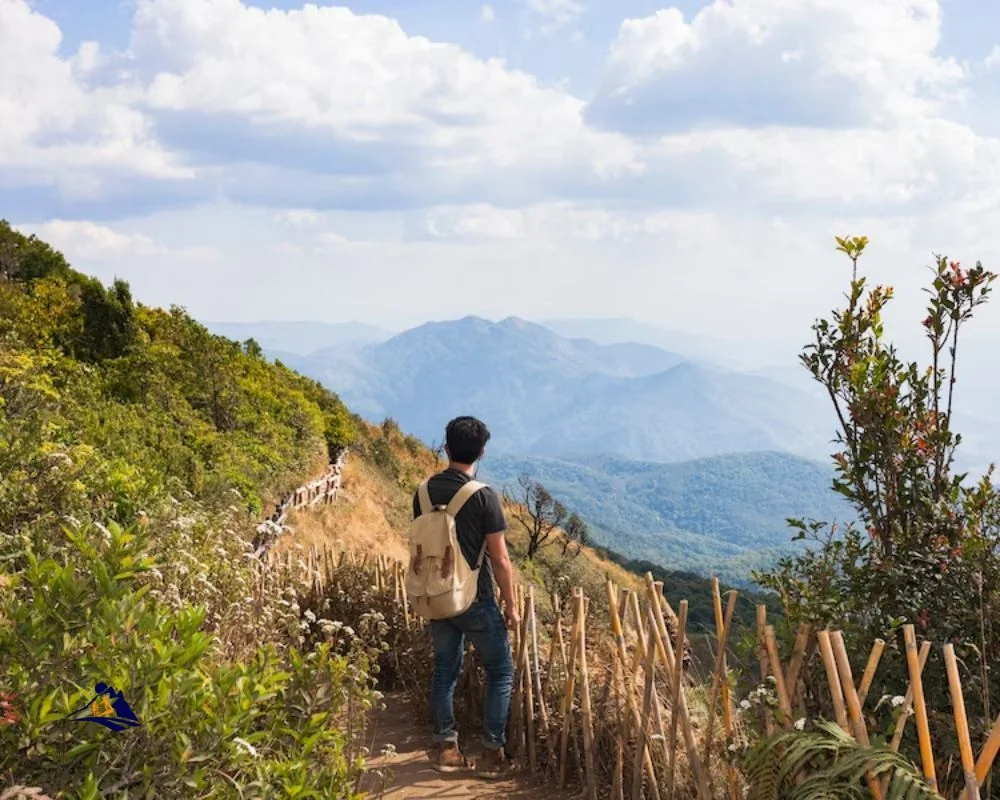
A great backpack is an absolute necessity for storing all of your belongings during your journey through Sapa’s rugged terrain. Fortunately, there are plenty of backpacks available in various sizes and styles, so make sure to choose one that fits snugly around your body yet still has enough room to carry all the supplies needed for a successful trip. It also needs to be durable and waterproof, as it will likely encounter mud, rain, snow, or even streams along its travels. The average weight range falls between three and four-and-a-half pounds. A lightweight sleeping bag is also required; this provides warmth while camping outdoors at night and protects against the elements like windy conditions or light precipitation. Look for ones made with proper insulation technology – they typically weigh two to three pounds – so you can sleep soundly without feeling too weighed down by bulky materials. Don’t forget insect repellent either! Choose natural products like citronella oil or synthetic chemicals depending on what works best for you – both come in small containers which won’t add much weight (<0.25 lbs). And last but certainly not least are trekking poles – these adjustable sticks provide extra stability when navigating steep inclines or rocky surfaces (about 1 pound each). Finally, always bring along waterproof matches; although hopefully, you’ll never need them, having them handy just in case could save lives if something goes wrong out in the wilderness (.1 pound). With these essential miscellaneous items packed away safely in your backpack, you’re ready to embark on an epic sapa trekking adventure!
Sapa 1 Day Tours

- 1 day experience
- Moderate to challenging
- Cultural immersion & active adventure
- Rice fields, valleys & villages
- Private tours
- Vegan-friendly
Sapa 2 Day Tours

- 2 days 1 night experience
- Moderate to challenging
- Cultural immersion & active adventure
- Mountains, valleys, rice fields and villages
- Private tours
- Vegan-friendly
Sapa 3 Day Tours

- 3 days 2 night experience
- Moderate to challenging
- Cultural immersion & active adventure
- Mountains, valley, rice fields & villages
- Private tours
- Vegan-friendly
Sapa 4 Day Tours

- 4 days 3 night experience
- Moderate to challenging
- Cultural immersion & active adventure
- Mountains, valleys, rice fields & villages
- Private tours – Less Touristic
- Vegan-friendly
Sapa Trekking What To Bring Frequently Asked Questions
What Is The Best Time Of Year To Go Trekking In Sapa?
Going trekking in Sapa is a great way to experience the beauty of Northern Vietnam. However, when planning your adventure, it’s important to consider the best time of year for trekking in the region. As an expert or guide on sapa trekking, I’m here to help you make the most informed decision about when it might be best to embark on your journey.
The main factor determining what season is ideal for a local tour in Sapa depends heavily upon safety considerations such as weather conditions and temperatures. Furthermore, certain months are preferable to others due to the high numbers of tourists that flock there during peak season. Generally speaking, October through April is considered the best time of year for the trekking season in Sapa; however, this can vary depending on personal preference and availability.
When considering which trekking season would be optimal for you and your group, keep in mind that rainfall increases significantly from May until September making these months far less desirable for outdoor activities like hiking or sightseeing. Additionally, July and August tend to have extremely hot temperatures so if venturing out into nature isn’t appealing at those times then waiting until later months may be the preferred option.
No matter when you decide to visit Sapa – whether during peak tourist season or off-season – always ensure you plan by doing thorough research beforehand and come prepared with all the necessary supplies needed for a safe trip!
Are There Any Permits Or Passes Needed To Trek In Sapa?
When trekking in Sapa, it’s important to know whether or not there are permits or passes needed. As an experienced sapa trekking guide, I can confidently say that many of the popular routes do not require a permit or pass. However, some more remote treks may need one. To make sure you’re prepared for your adventure, it’s best to research ahead of time and be aware of any regulations related to sapa trekking permits and/or passes.
Some areas within Sapa have specific rules about who can enter and what type of equipment is allowed on their trails. For example, if you plan to take part in a multi-day hike through one of these regions, then you will likely need to apply for a trekking permit from local authorities so they can monitor your progress throughout the trip. Additionally, certain guides may require special passes depending on the route chosen – this information should be made available by tour companies before departure.
It is also worth noting that while most people don’t need a permit or pass when exploring the main tourist sites around Sapa, it’s still wise to check with local rangers before venturing off into unfamiliar territory as laws tend to vary between different parts of the region. This way, you’ll avoid any potential fines or other issues along the way. By taking these steps before embarking on your journey, you can rest assured knowing that your experience in Sapa will be safe and enjoyable!
What Is The Average Temperature In Sapa During The Trekking Season?
Stepping into the rolling hills of Sapa is like entering a different world. The misty mountains and lush valleys create an enchanting atmosphere, perfect for trekking and exploring. But before you embark on your journey, it’s important to consider what kind of climate you can expect during the trekking season in Sapa.
When it comes to temperatures during the sapa trekking season, they tend to be quite mild throughout most of the year. You can expect average highs between 18-20 degrees Celsius (64-68 Fahrenheit) with lows around 9-10 degrees Celsius (48-50 Fahrenheit). One great thing about Sapa’s climate is that there are no extreme temperature fluctuations; this makes planning your wardrobe easier as you won’t have to worry about any sudden weather changes!
Being prepared for outdoor adventures is key – so make sure you dress accordingly when it comes time for your Sapa trekking expedition. Bring layers such as jackets or sweaters to keep warm, and also pack some sunscreen if needed. Make sure to bring plenty of water too – hydration is essential while hiking through these majestic landscapes! With all these tips in mind, you’re ready to take on whatever challenges await during your adventure in beautiful Sapa.
Are There Any Special Safety Considerations When Trekking In Sapa?
Are there any special safety considerations when trekking in Sapa? Absolutely! Trekking in Sapa requires some basic precautions to ensure a safe and enjoyable experience. As an experienced Sapa trekker, here are my top tips for staying safe on your journey:
Research the terrain before you go – Know what kind of trails you’ll be walking on, how long they will take, and whether or not it’s going to require specialty gear like crampons or snowshoes.
Pack the proper clothing and supplies – Make sure you have the right layers for the temperatures expected during your trip, as well as enough food and water to last you through all stages of your hike. Don’t forget appropriate footwear too!
Let someone know where you’re going – It’s always a good idea to make sure that someone knows where you’ll be hiking so they can call for help if something goes wrong while out in the wilds of Sapa.
Be aware of potential risks – From slippery rocks along high ledges to sudden storms and cloudbursts, keep your eyes peeled for anything that could compromise your safety while navigating around this rugged landscape.
Safety should always come first when planning a sapa trekking adventure – no matter how exciting things may seem at first glance! When done properly with due diligence taken into account beforehand, Sapa offers up plenty of unique experiences waiting to be discovered by those who dare venture forth. So don’t forget to consider these key points; from researching routes ahead of time down to packing essential supplies, having a plan is essential for an unforgettable outdoor excursion that won’t end disastrously!
Are There Any Local Tour Operators Who Provide Trekking Tours In Sapa?
Exploring the breathtaking views of Sapa on a trekking tour should be an enjoyable and safe experience. But before you embark on your journey, it’s important to research local tour operators who can provide the best possible service for your trip. Luckily several experienced local tour operators in Sapa offer excellent trekking tours.
For instance, we recently went on a two-day guided trek with Mountain Board Travel Agency which was run by some incredibly knowledgeable locals. Not only did they provide us with great insight into the area but also took care of all our safety needs throughout our stay. The small group size was perfect for ensuring that everyone had their own unique and personal experience when exploring this beautiful region.
When looking for reliable Sapa trekking operators, here are 5 things to consider:
Check reviews from past customers to see other people’s experiences
Find out what type of accommodation is included in the package
Ask if any special permits or documents are needed
Inquire whether meals and snacks will be provided during the trip
Make sure they have appropriate insurance policies covering emergencies
As an expert guide myself, I understand how tricky it can be to find trustworthy tour companies while planning a sapa trekking adventure. It pays off though, as working with locally owned businesses guarantees that you’ll get personalized attention along with access to exclusive sights not often visited by tourists – making it a truly memorable experience!
Conclusion
Trekking in Sapa is an amazing experience that should not be missed! It’s a great way to explore the stunning beauty of North Vietnam and get close to nature. If you’re planning on trekking in Sapa, make sure you prepare properly for your trip. Research what time of year is best for treks, check if there are any permits or passes needed, and consider the average temperature when packing. Ensure that safety considerations are taken into account before setting off, and don’t forget to book with a local tour operator who will provide support every step of the way.
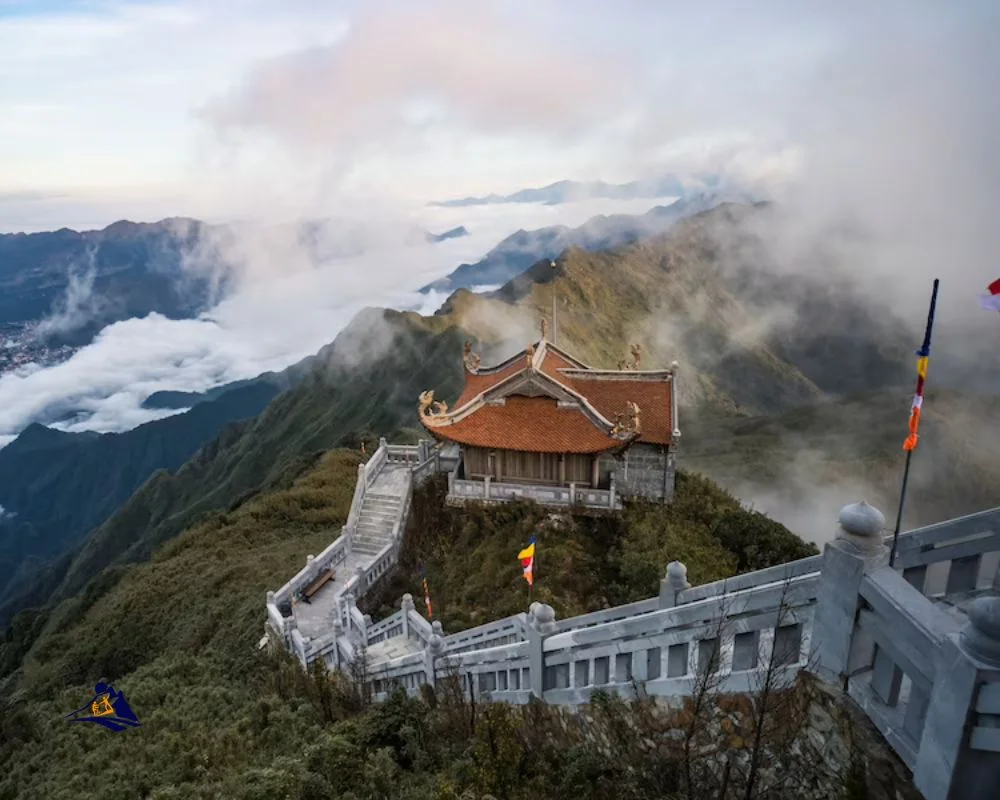
So what do you need to ensure your trek goes smoothly? Make sure you have plenty of water (at least 1 liter per person) as well as energy snacks like trail mix, granola bars, and dried fruit. A first aid kit is also essential; pack bandages, antiseptic cream, blister plasters, insect repellent, and sunscreen. Bring some lightweight clothing that can easily be layered depending on weather conditions – this will help keep you comfortable while trekking. Finally, always carry a map and compass so that you know where you’re going at all times.
To sum up, it’s important to plan when preparing for your sapa trekking adventure by researching key information such as weather conditions, required permits/passes, and safety considerations. You’ll then be able to enjoy your journey knowing that you have everything you need with you – including suitable clothing items and supplies like food, water, and a first aid kit! Enjoy exploring Sapa safely – happy trails!
Sapa 1 Day Tours

- 1 day experience
- Moderate to challenging
- Cultural immersion & active adventure
- Rice fields, valleys & villages
- Private tours
- Vegan-friendly
Sapa 2 Day Tours

- 2 days 1 night experience
- Moderate to challenging
- Cultural immersion & active adventure
- Mountains, valleys, rice fields and villages
- Private tours
- Vegan-friendly
Sapa 3 Day Tours

- 3 days 2 night experience
- Moderate to challenging
- Cultural immersion & active adventure
- Mountains, valley, rice fields & villages
- Private tours
- Vegan-friendly
Sapa 4 Day Tours

- 4 days 3 night experience
- Moderate to challenging
- Cultural immersion & active adventure
- Mountains, valleys, rice fields & villages
- Private tours – Less Touristic
- Vegan-friendly
